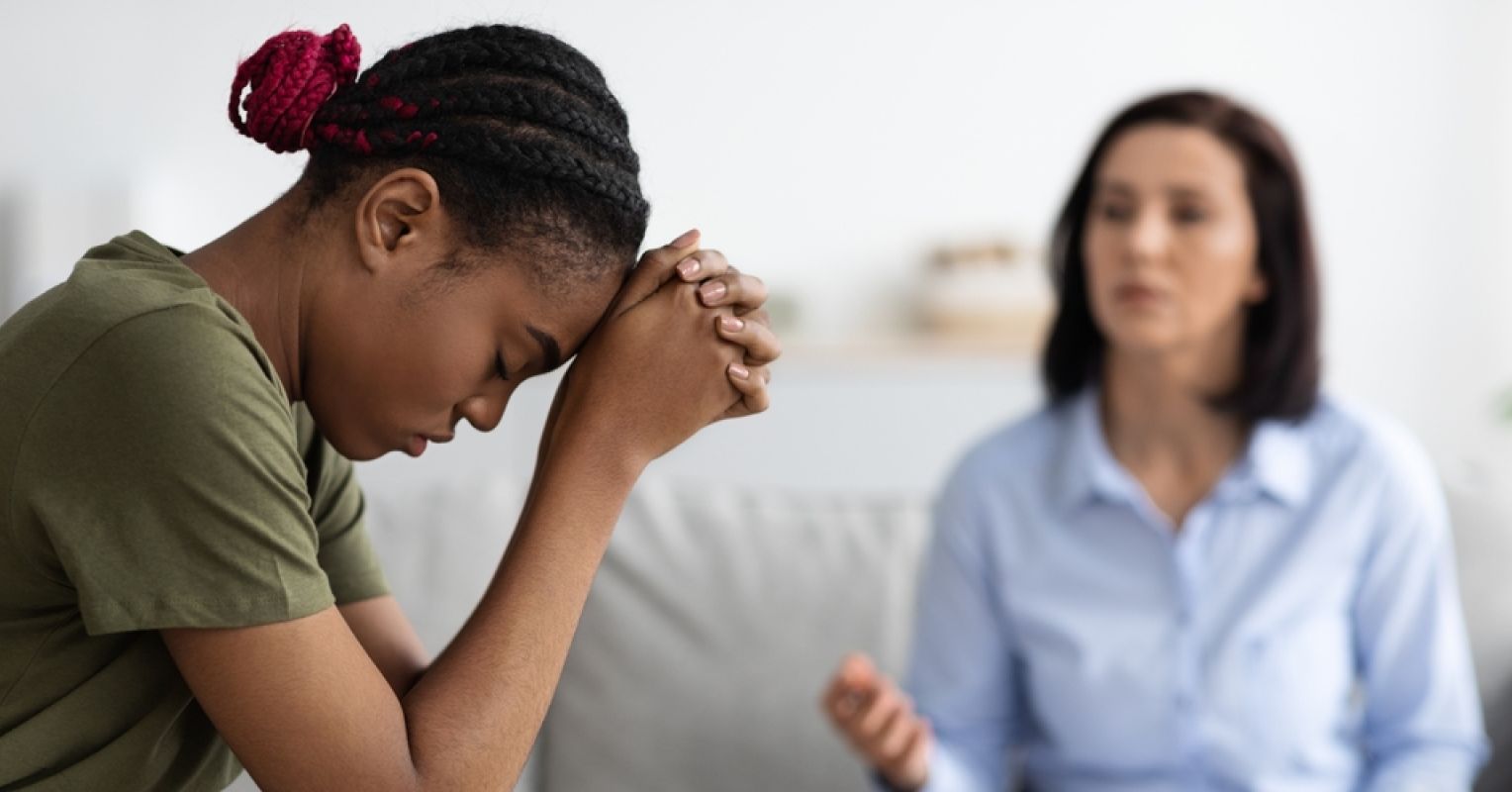There’s no shortage of information about the mental health impact of the COVID-19 pandemic ― from the increasing rates and intensity of depression and anxiety to the effects on child development.
Many experts have referred to the pandemic as an example of “collective trauma.” But what exactly does that categorization mean for us as individuals and our global society?
Below, mental health professionals break down the meaning and impact of collective trauma, how it compares to individual trauma, and how we can cope with the experience.
What is collective trauma?
“Individual trauma is a traumatic event that happens to a person, whereas collective trauma happens to not just a small group of people but society,” said Dan Reidenberg, a mental health expert and executive director of Suicide Awareness Voices of Education. “Collective trauma changes history and memory for many. It changes the way we process and see the trauma experienced and what we do with our memory of it as we move forward.”
Rachel Thomasian, a licensed therapist and owner of Playa Vista Counseling in Los Angeles, described the latter as a “distressing, fear-inducing experience that is felt collectively.” She listed war, genocide, natural disasters, and other large-scale catastrophes as examples of collective trauma. “Collective traumas are significant because they become transformative for a society.” – Rachel Thomasian, a licensed therapist and owner of Playa Vista Counseling.

The coronavirus pandemic is a clear example of collective trauma on a global scale, a shared experience of loss and severe emotional disturbance that has touched every citizen. The historical event has changed how people think and approach everyday life, and it carries other consequences that will continue well into the future.
What is the impact of collective trauma?
“Collective traumas are significant because they become transformative for a society,” Thomasian told HuffPost. “Some cultures define themselves heavily by a collective trauma and how they healed. Additionally, people change how they live or create systems due to these events.”
She pointed to the Sept. 11, 2001, terrorist attacks as an example of collective trauma for many Americans, leading to intense fear and grief over a long period and changes to how we travel that remain in place today. The attacks created wide-reaching cultural and political shifts and mental health struggles such as post-traumatic stress disorder.
With the pandemic, people have lost the experience of physical touch, a valuable form of comfort and a coping mechanism in difficult times. It may lead to a long-term impact on our attitudes toward touching. Many people have also developed a heightened awareness of their physical bodies and health anxiety. The chronic uncertainty and exposure to death on such a massive scale are also hugely consequential.
Although collective trauma can affect large communities of people, the extent and circumstances may vary. The pandemic has made this very clear by highlighting the many inequities in the United States.
“While a whole group may be exposed to a collective trauma, not everyone is impacted the same,” said Marianela Dornhecker, a licensed psychologist practicing in Missouri and Texas. “Those that are on the frontlines, have directly experienced loss, have had significant financial impacts, already have histories of trauma, or come from backgrounds with significant stress and hardship (i.e., folks from marginalized or financially disadvantaged backgrounds) are more likely to be impacted by the collective trauma.”
